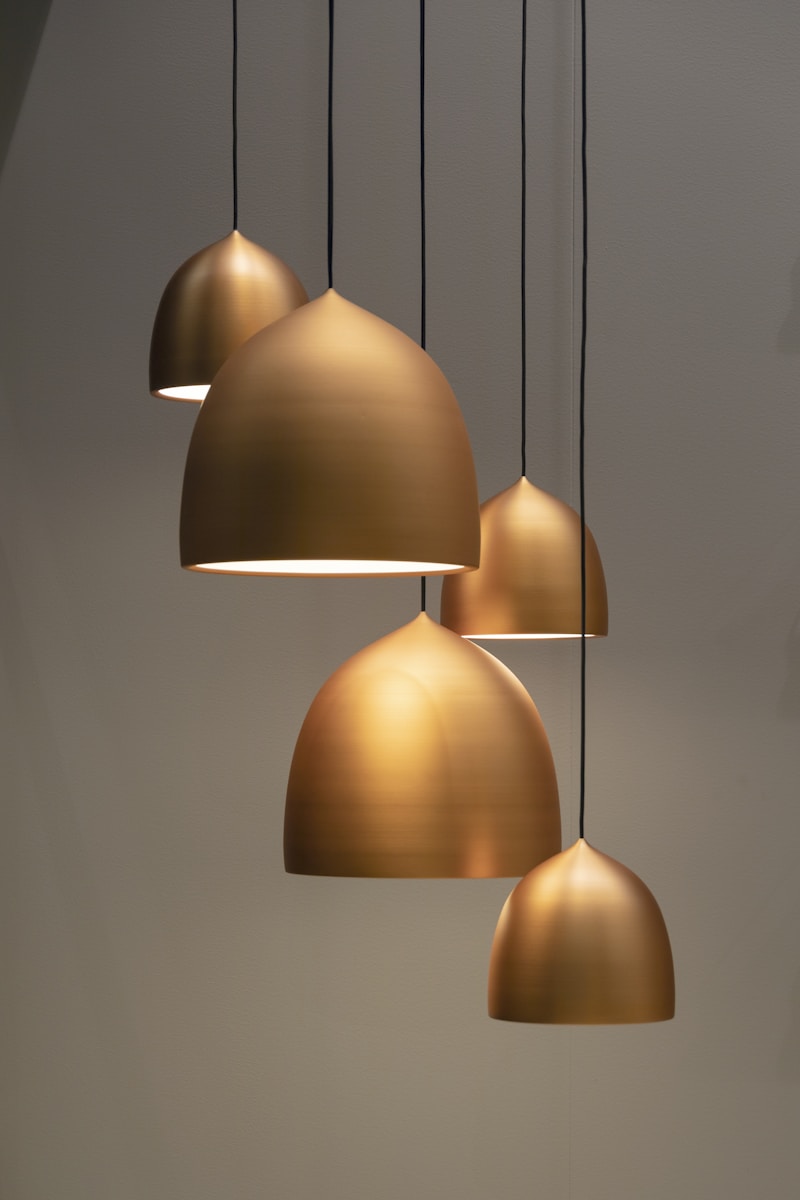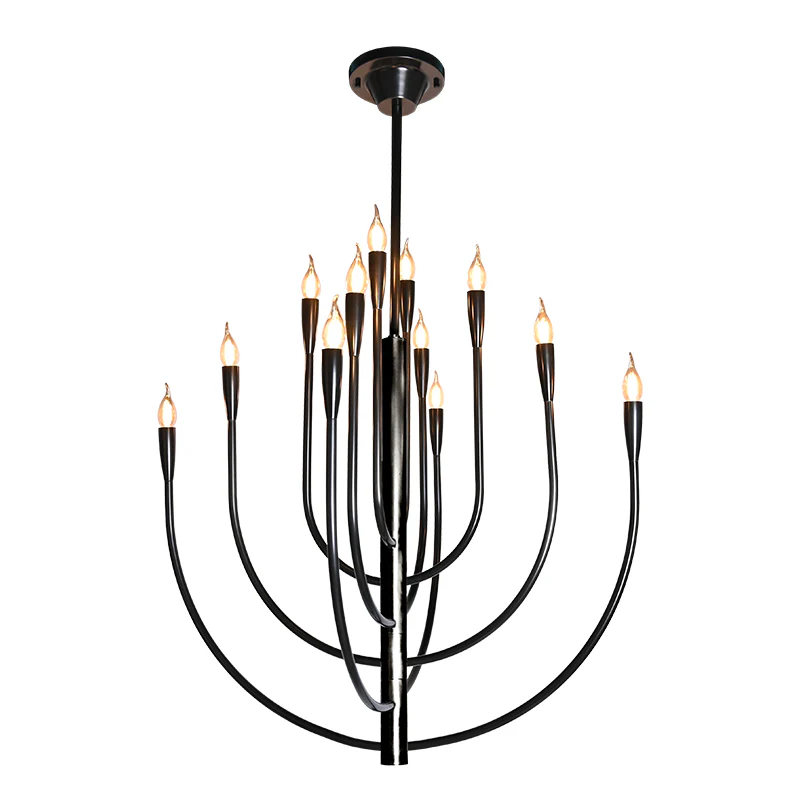Understanding Visual Comfort and Glare Reduction: Essential Insights for Better Living Environments
Understanding Visual Comfort and Glare Reduction: Essential Insights for Better Living Environments
In today's world, where design meets functionality, achieving visual comfort and glare reduction has become paramount for both residential and commercial spaces. This article aims to unravel the significance of visual comfort, the impact of glare, and effective strategies to mitigate it, ultimately enhancing the overall experience of occupants.
What is Visual Comfort?
Visual comfort refers to a state where the lighting in an environment is pleasing to the eye and not straining or distracting. It's crucial in ensuring that people can perform visual tasks without discomfort. The ideal lighting conditions enhance productivity and well-being.
The Impact of Glare
Glare is the visual discomfort caused by excessive brightness or a significant contrast in illumination levels. It can lead to eye strain, headaches, and reduced productivity. Understanding glare is essential in creating environments that prioritize visual comfort.
Types of Glare
Glare can be broadly classified into two categories:
| Disability Glare | This occurs when bright light impairs visibility, making it difficult to see in an environment. |
| Veiling Glare | This occurs when brightness causes a reduction in contrast, making it harder to perceive objects clearly. |
Measuring Visual Comfort
Several factors influence visual comfort, including lighting type, intensity, and distribution. Here are some key metrics used to measure visual comfort:
- Illuminance - Measured in lux, it indicates how well-lit an area is.
- Luminous Intensity - The amount of light in a given direction, crucial for directing light where it's needed.
- Contrast Ratio - Indicates the difference between the brightest and darkest parts of a visual field.

Importance of Natural Light
Utilizing natural light not only enhances visual comfort but also boosts overall well-being. Studies show that exposure to natural light can improve mood and even increase productivity levels. However, careful consideration should be given to the orientation of windows and the design of spaces to minimize glare.
Strategies for Glare Reduction
Implementing solutions for glare reduction is vital in any design process. Here are several effective strategies:
1. Window Treatments
Install shades, curtains, or blinds that can help control the influx of natural light. Adjustable options allow users to tailor the light levels according to their needs, maintaining visual comfort throughout the day.
2. Anti-Reflective Glass
Using anti-reflective or low-emissivity (low-E) glass can significantly reduce glare, making windows and glass surfaces more comfortable in highly lit environments.
3. Design Layout Considerations
Incorporating thoughtful design layouts, such as placing desks and seating away from direct sunlight or glare-inducing sources, can help create visually comfortable environments.
4. Adjustable Lighting Solutions
Using adjustable LED Lighting systems that can be dimmed or brightened can also aid in managing glare. These systems can be tailored to the task at hand, providing users control over their lighting conditions.
5. Strategic Color Choices
Selecting lighter colors for walls and surfaces can help reflect light better, preventing excessive brightness and potential glare. Matte finishes instead of glossy surfaces can further aid in reducing glare.
Incorporating Technology for Better Control
Smart lighting technology enables users to customize their environment's brightness levels easily. Sensors can adjust lighting based on the time of day or the amount of natural light entering a space, ensuring consistent visual comfort.
Conclusion
Understanding visual comfort and glare reduction is crucial when designing spaces that promote well-being and productivity. By implementing thoughtful strategies and incorporating various techniques, one can create environments that prioritize visual comfort. The right balance of natural light, strategic layout design, and modern technology can significantly enhance the living and working experiences, leading to happier and more productive occupants.
As you consider your approach to visual comfort and glare, always remember the importance of adaptability, user preferences, and technological advancements. For anyone looking to improve their workspace or home lighting, exploring these options can lead to a remarkable transformation in comfort and efficiency.
Always consult with lighting professionals or conduct thorough assessments to determine the best solutions for your specific needs, as the importance of visual comfort cannot be overstated.
